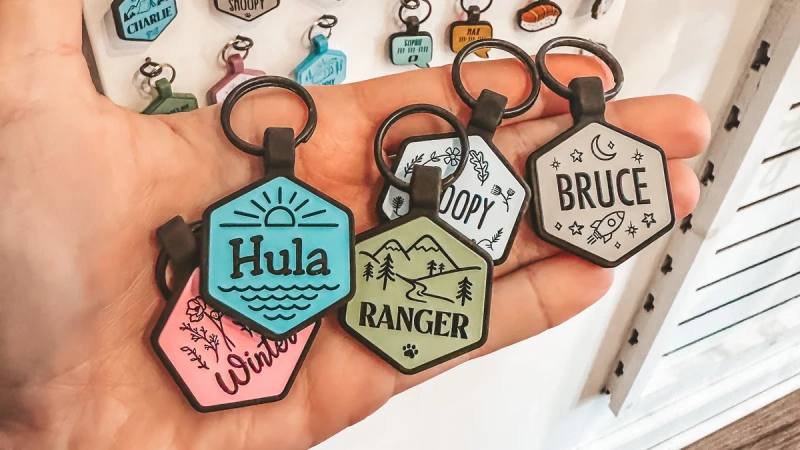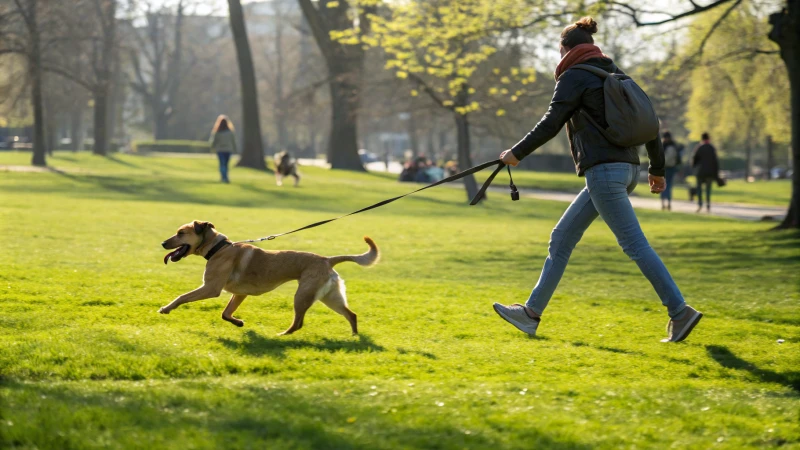
Finding the right length for a dog leash feels like picking the best pair of shoes. Comfort and control matter a lot. Many people think about these things.
The best dog leash length relies on where you walk and your training goals. A 6-foot leash fits most scenarios. It gives control and freedom together. Short leashes offer more control in busy places. Long leashes work well for training and open spaces.
Recall the day I brought my dog, Max, on our first city journey with a 4-foot leash. Controlling him felt like managing a small child in a crowded market. The shorter leash gave me the power needed in the busy streets. At the local park, however, a 6-foot leash works wonderfully. It allows Max to explore while I still watch him.
A 6-foot leash usually suits most situations. Yet, different lengths offer various advantages. Picking the right leash length for each moment is important. Let us find out how to select the best leash for your dog’s needs.
A 6-foot leash is ideal for all dog sizes.False
A 6-foot leash is versatile but may not suit all dog sizes equally.
Short tab leashes are best for obedience training.True
Short tab leashes keep dogs close, ideal for focused obedience training.
How Does Leash Length Affect Dog Training?
Think about how the length of your dog’s leash changes your training sessions. It’s a simple thing but changes everything.
Leash length plays a key role in dog training. It impacts control and freedom over your pet. Shorter leashes grant more control. Really short ones help you guide your dog well. On the other hand, longer leashes allow more freedom. They let your dog explore. They help give more space for commands.
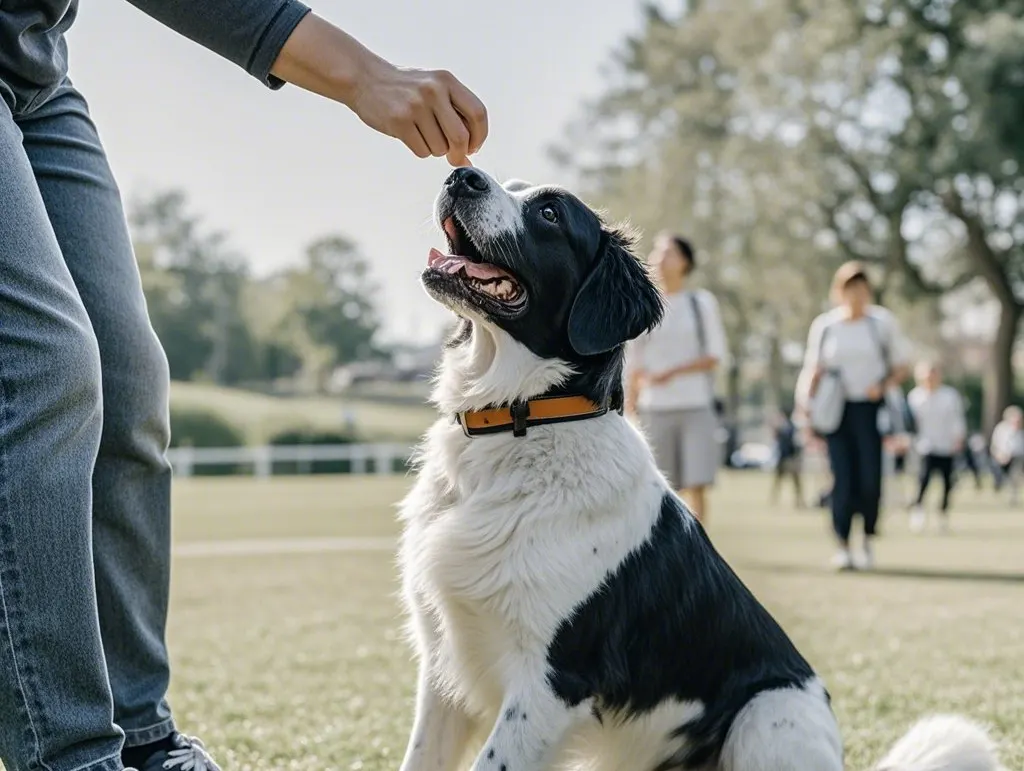
Understanding Leash Lengths and Their Impact
The first time I truly grasped how leash length matters was during a morning walk with my dog, Bella. We had a regular 6-foot leash. This gave her enough room to check out the neighborhood without me worrying about her running into traffic. It was perfect, giving control and freedom at the same time—just right for our usual walks.
In busy areas, I find a 4-foot leash very handy. It works well in crowded streets or busy parks. Bella stays close and we both focus better during training. Safety increases with this shorter leash.
| Leash Length | Ideal For | Training Impact |
|---|---|---|
| 4 Feet | Busy areas | Increased control |
| 6 Feet | Neighborhood walks | Balanced freedom |
Specialty Leashes for Specific Needs
Sometimes I want Bella to feel more freedom. During recall training in open fields, I use a long line leash, over 20 feet. It lets her feel like she’s off-leash while I keep our link. But, in new places, I use a short tab leash. It keeps her nearby and ready to listen.
Beyond standard lengths, specialty leashes like long line leashes (20-50+ feet) are excellent for recall training1 in open spaces, providing off-leash freedom while maintaining connection. Conversely, short tab leashes (1-2 feet) are useful for obedience training2 or introducing dogs to new environments.
Choosing the Right Leash for Your Dog
I always think about Bella’s size and behavior when picking a leash. Smaller or less trained dogs, like my friend’s excited Beagle, need shorter leashes for better control. Well-trained dogs, like my neighbor’s calm Labrador, do well with longer leashes for distance commands.
Evaluate your walking environment—crowded areas demand shorter leashes for safety, whereas open spaces allow longer leashes for more exploration.
Training Goals and Leash Selection
Connecting leash length with training goals is vital. Short leashes have helped us with basic manners. For distance commands3 or recall training, we use longer leashes. Safety and comfort really matter most when picking the best leash for Bella.
A 6-foot leash is ideal for most dog walking scenarios.True
The 6-foot leash balances control and freedom, suitable for various environments.
Long line leashes are best for urban walking environments.False
Long line leashes are not ideal for urban areas; they're better for open spaces.
What Leash Length is Best for Urban Walks?
Have you ever thought about how leash length affects your city dog walks? Let me tell you what I discovered.
In busy city streets, a 4-foot leash really helps. This length gives control to keep dogs safe from cars and people. Dogs still get a little freedom to look around.
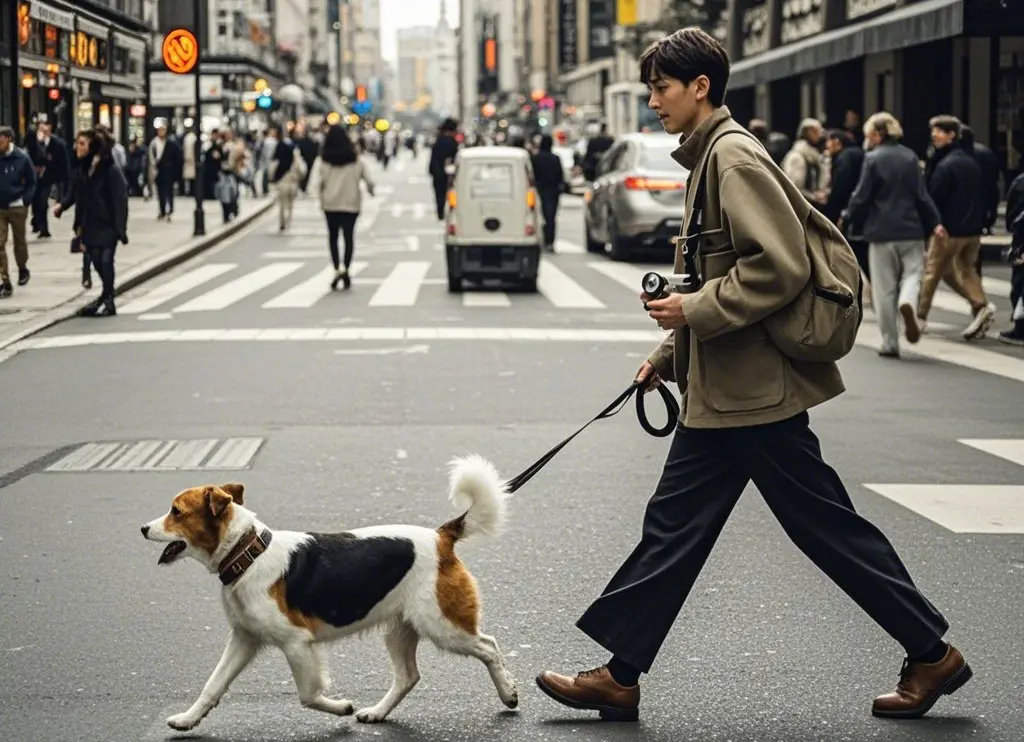
Understanding Leash Length Options
When navigating busy city streets, the appropriate leash length can significantly impact the safety and enjoyment of your walks. Here’s a breakdown of common leash lengths:
| Leash Length | Best For |
|---|---|
| 4 feet | Urban settings with high traffic and distractions. |
| 6 feet | More relaxed environments like parks or neighborhoods. |
| 8-10 feet | Open spaces where a bit more freedom is safe. |
Each length serves different purposes, but for urban walks, the 4-foot leash stands out.
Benefits of a 4-Foot Leash
A 4-foot leash provides excellent control in urban settings. It keeps your dog close, minimizing the risk of unexpected hazards4 like traffic or other pedestrians. This shorter leash also helps prevent pulling and lunging5 by maintaining proximity.
In city environments, where quick reactions are often necessary, the shorter length allows you to guide your dog away from distractions like other animals or food on the ground.
Choosing Based on Dog Behavior
While a 4-foot leash is generally recommended for urban areas, consider your dog’s size and behavior. For instance:
- Smaller Dogs: May benefit from a standard 6-foot leash6 if they are well-behaved and less likely to pull.
- Larger Dogs: With a strong pull might require even shorter leashes or specialized training leashes to maintain control.
Practical Scenarios
Picture an afternoon walk down a bustling city street. A 4-foot leash allows you to maintain control while letting your dog explore safely within a manageable radius. Consider situations like crossing roads or encountering other dogs where proximity and command are crucial.
A longer leash might be beneficial for parks where you can let your dog wander slightly further without compromising safety. However, in tightly packed urban environments, sticking with a 4-foot length generally ensures optimal safety and ease of handling.
For urban strolls, always weigh factors like crowd density7, traffic flow, and your dog’s training level when selecting the leash length to best fit your situation.
A 6-foot leash is ideal for urban dog walks.False
A 4-foot leash offers more control in busy urban environments.
Long line leashes are best for recall training.True
They provide freedom while maintaining control, ideal for recall.
Are Longer Leashes Suitable for All Dogs?
Hey, dog lover friend! Have you ever gotten caught up in the confusion of leashes, wondering if that extra length is helpful or troublesome?
Longer leashes offer dogs extra space to explore. Really useful for recall training in wide spaces. Not always perfect, though. Busy areas or dogs that pull hard might not suit them. Owners should know their dog’s behavior and where they walk.
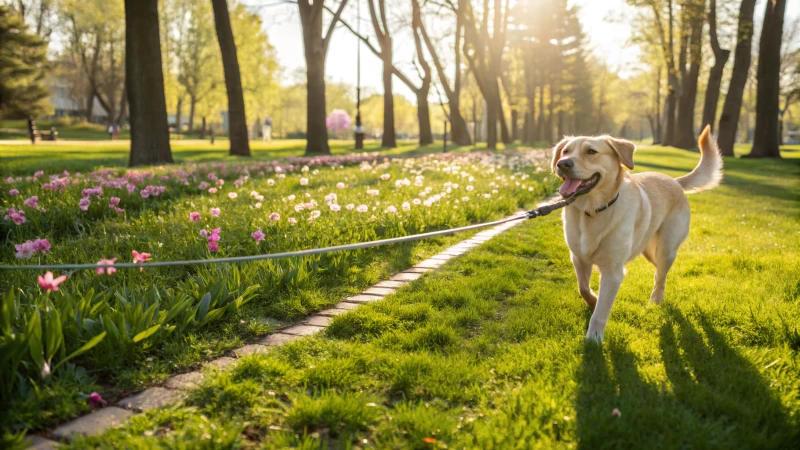
The Pros of Longer Leashes
I remember trying a long leash for my dog at a big park. His face showed pure joy as he ran across the grass. Priceless moment. Longer leashes, stretching 8 to 50 feet, allow dogs to explore while staying safe. This freedom helps very much with recall training8 and practicing distance commands. Dogs roam, but they stay under control.
Benefits Table:
| Benefit | Description |
|---|---|
| Freedom of Movement | Dogs can wander further, promoting exercise and mental stimulation. |
| Training Versatility | Ideal for commands that require space, such as ‘come’ or ‘stay’. |
Situational Considerations
Not all places suit long leashes. Very busy city streets present challenges. It feels like controlling a kite in a storm. People trip easily and dogs gather speed, which sometimes causes accidents. A shorter leash is a much safer choice here.
Use Case Table:
| Environment | Recommended Leash Length |
|---|---|
| Open Fields | 20+ Feet |
| Crowded Streets | 4-6 Feet |
| Parks | 6-10 Feet |
Dog Behavior and Training Level
Using longer leashes taught me to check my dog’s behavior and training skills first. Well-trained dogs follow commands well on long leashes. Dogs still learning may need shorter leads until they master their obedience. Dogs are different—really different.
Selecting the Right Leash for Your Dog
Choosing the right leash length involves more than just size or strength. Understand your dog’s personality and where you walk. My Labrador loves space; my friend’s pug, though energetic, needs more restraint.
Consider customizing leashes9 to fit your specific needs to ensure the best fit.
6-foot leashes are ideal for urban settings.False
4-foot leashes provide more control in urban settings.
Long line leashes are 20-50+ feet long.True
Long line leashes are used for off-leash training.
How Do I Choose the Right Leash for Different Dog Sizes?
Tried picking the perfect leash for your dog and felt more puzzled than ever? I have experienced that too. It’s not as simple as just grabbing any leash from the shelf.
Selecting the best leash for your dog depends on their size, behavior and where you walk them. Small dogs do well with light leashes. Larger dogs need stronger leashes. Leash length matters a lot. It balances control and freedom during walks. It really matters.
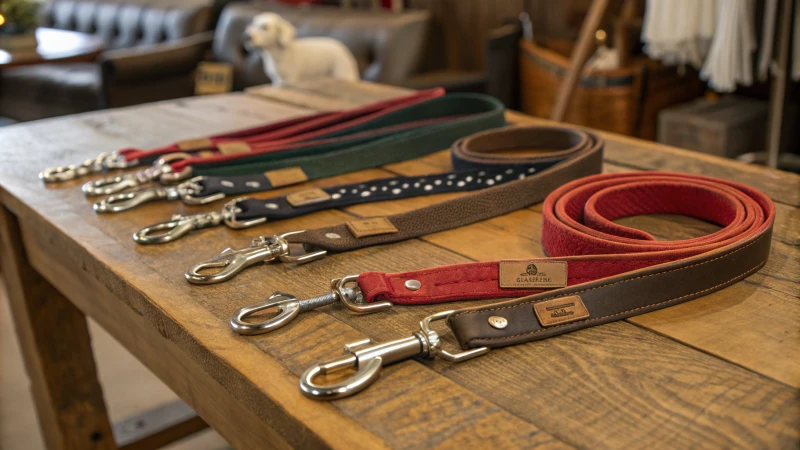
Understanding Dog Size and Leash Types
Dog size is very important when picking the right leash. Smaller dogs, like my tiny furball bursting with energy, need lightweight and soft leashes so they don’t feel weighed down. Big dogs, however, need strong leashes to keep them in line.
| Dog Size | Recommended Leash Type |
|---|---|
| Small | Lightweight, soft material |
| Medium | Standard nylon or leather |
| Large | Heavy-duty or rope leashes |
Leash Length: Balancing Freedom and Control
As my little pup grew into a medium-sized dog, he started wandering too far at the park. I understood quickly that leash length really matters. In crowded areas, short leashes give better control over small dogs. Meanwhile, longer leashes suit big dogs who enjoy exploring open spaces.
- 4-6 Feet: Excellent for city walks where I need more control10.
- 8-10 Feet: Perfect when training or letting my dog explore a bit more freely.
Materials and Durability
Over the years, I’ve used many leashes. Material greatly impacts durability and comfort.
- Nylon: Light and strong. I trust it for dogs of any size.
- Leather: Looks timeless and very durable, especially for big dogs.
- Rope: Ideal for large dogs or when training requires extra strength11.
Special Features to Consider
The first night walk with my dog made me wish for a leash with reflective features for safety. Since then, I always look for extra features like padded handles for comfort during long walks.
- Padded Handles: They’ve really saved my hands on long journeys.
- Reflective Stitching: Crucial for those evening walks when it’s dark outside.
Understanding these aspects helped me pick leashes that fit both my dog’s needs and our walking places perfectly. It’s not just picking a leash; it’s about having a comfortable and safe experience for both of us. If interested in specialty leashes12, they might just offer the solution you’re seeking for behavior and training goals.
A 6-foot leash is ideal for most dog walks.True
It balances control and freedom, suitable for neighborhoods and parks.
Long line leashes are best for urban environments.False
Long line leashes are better for open spaces, not crowded urban areas.
Conclusion
Choosing the right dog leash length is crucial for control and safety. A 6-foot leash is versatile, while shorter leashes suit busy areas and longer ones are ideal for training.
-
Discover why short leashes offer superior control and focus, especially in urban environments. ↩
-
Explore techniques that maximize the effectiveness of short leashes in obedience training. ↩
-
Learn effective methods to use long leashes for teaching distance commands in open spaces. ↩
-
This link provides information on potential hazards during city walks, helping you anticipate and avoid them. ↩
-
Explore methods to reduce pulling behavior, ensuring smoother walks in crowded areas. ↩
-
Learn why a 6-foot leash might suit smaller dogs better in less crowded settings. ↩
-
Find strategies to effectively handle dogs in busy environments, enhancing control and safety. ↩
-
Learn about recall training techniques and how they can improve your dog’s response to commands. ↩
-
Discover where you can order personalized dog leashes that meet your specific requirements. ↩
-
Learn why shorter leashes offer better control in busy urban environments. ↩
-
Understand why rope leashes are ideal for large breeds during training. ↩
-
Explore various specialty leashes that suit specific training needs. ↩


